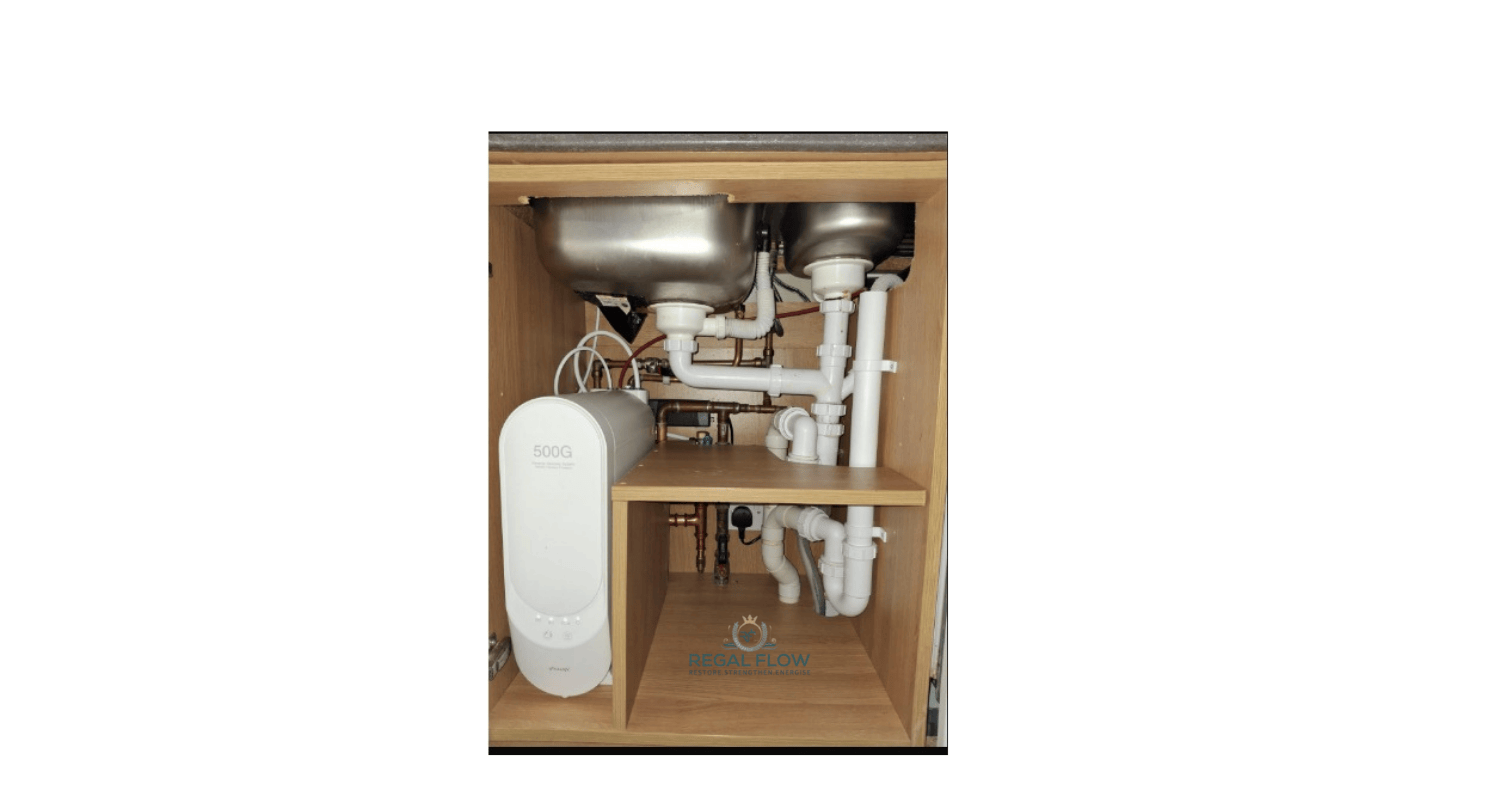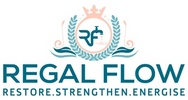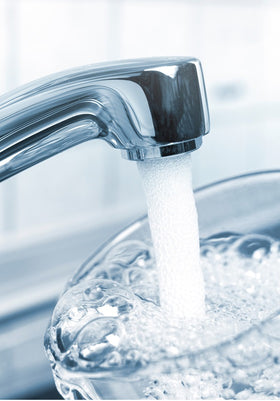
The Ultimate Guide to Reverse Osmosis Water Lines: Installation, Maintenance, and Troubleshooting
Ever wonder how to make your tap water taste like it’s straight from a mountain spring? Enter the reverse osmosis water line—your ticket to pure, clean water. Whether it’s installed under the sink or used with countertop dispensers, Reverse Osmosis: Specialised Topics and Advanced Insights explores why this setup is a game-changer for your home!
Understanding RO Water Lines
Reverse osmosis (RO) water lines are like the circulatory system of your water filtration setup. They transport water to and from the RO system, ensuring that only clean, filtered water makes it to your tap.
Types of Water Lines
RO water lines come in different forms to suit various setups. Under-sink systems are popular in kitchens, connecting directly to your cold-water supply. Meanwhile, countertop dispensers and reverse osmosis systems are compact and portable, ideal for smaller spaces or rental homes. Larger homes or businesses might require a whole-house RO system for broader coverage. The type of water line you choose depends on your needs, space, and water consumption.
Importance of Correct Installation
Getting the installation right is crucial. A poorly installed water line can result in leaks, water waste, or a lack of water pressure, which can cause all sorts of headaches. Proper installation ensures that the filtration process is efficient, saving you from costly repairs down the road.
Installation Procedures
Installing an RO water line might seem daunting, but with the right tools and some patience, it’s a manageable DIY project. Follow these steps for a smooth installation.
Step-by-Step Connection Guide
-
Turn off the water supply to your home or the specific area where you’ll be installing the system.
-
Connect the feed water line to your cold-water supply using a tee fitting. This will direct water into the RO system.
-
Install the RO membrane, ensuring it's seated correctly in the filter housing.
-
Attach the drain line to channel waste water away from the system.
-
Install the faucet at the sink or another location where you’ll be accessing filtered water.
-
Test the system by turning the water back on, checking for leaks, and ensuring everything flows as it should.
Tools and Materials Needed
Here’s a quick list of the essentials you’ll need to get started:
-
Feed water adapter
-
Tubing for water and drain lines
-
RO system unit
-
Faucet for dispensing filtered water
-
Wrench for tightening connections
-
Teflon tape to prevent leaks
Having all your tools ready before starting will make the process go much more smoothly.
Maintaining Water Lines
Once your RO system is installed, keeping it in tip-top shape is key. Regular maintenance will keep everything flowing smoothly for years.
Regular Inspections and Maintenance
Give your system a once-over every six months or so. Look out for cracked tubing, clogged filters, or any signs of leaks. Regularly replacing filters ensures your water quality stays high and that your system isn’t working overtime, which could lead to faster wear and tear.
Preventing Leaks and Damage
Leaks are a common issue, but they can often be avoided. Tighten connections regularly and check for any cracks or signs of wear. Installing leak detectors is a smart move—these little devices can alert you to hidden leaks before they cause major damage.
Troubleshooting Common Issues
Even with proper care, things can go wrong. Here’s how to troubleshoot some of the most common issues with RO water lines.
Identifying and Resolving Leaks
If you spot water pooling around your system, it’s time to play detective. Start by checking all connections, particularly around the fittings. Loose fittings or worn-out seals are often the culprits. Tighten them, and if the problem persists, consider replacing the affected parts. Sometimes, a small leak can turn into a major problem if left unchecked.
Ensuring Proper Water Flow
If your water flow is slower than usual, it could be a sign that your filter is clogged or that there’s an issue with water pressure. First, check that the filter is replaced according to the manufacturer's schedule. If the water pressure is too low, make sure your system is operating within the recommended range (40-80 psi). Low pressure can affect the performance of your RO system.
Optimising Water Line Performance
A little care can go a long way when it comes to optimising your RO water line’s performance.
Choosing the Right Materials
The materials you use for your water lines matter. Opt for high-quality, durable tubing and connectors that can withstand the pressure of the water. Over time, poor-quality materials can degrade and cause issues like leaks or reduced water pressure.
Ensuring Safe Water Delivery
Safe water delivery isn’t just about filtering out contaminants—it’s also about ensuring your system is working properly and delivering clean water every time. Regularly testing your water for common contaminants like chlorine or heavy metals can give you peace of mind that your system is still doing its job.
Conclusion: Ensuring Reliable RO Water Lines
Reverse osmosis water lines are essential for delivering clean, safe drinking water to your home. However, like any system, they require a bit of care and attention to ensure they continue working efficiently.
Key Takeaways on Water Line Maintenance
-
Regular inspections and timely filter replacements are essential to keeping your system functioning well.
-
A solid installation, using the right materials, is crucial for ensuring long-term reliability.
-
Troubleshooting leaks and water flow issues can save you time and money.
Final Recommendations
To get the most out of your reverse osmosis system, don’t skip the maintenance. Whether you’re installing the system yourself or calling in a professional, paying attention to detail can make all the difference in ensuring you have clean, safe water for years to come.
More Reverse Osmosis info we think you'll love
Reverse Osmosis Filter Replacement Service
Reverse Osmosis Power Consumption
Reverse Osmosis System Connections
Reverse Osmosis System Water Quality
When to Change Reverse Osmosis Filters
Reverse Osmosis Countertop System
Tankless Reverse Osmosis System
Reverse Osmosis Water Filter for Aquarium
Can Reverse Osmosis Remove Bacteria?
How to Fix Low Water Pressure in a Reverse Osmosis System
How to Remove Air from a Reverse Osmosis System



Leave a comment